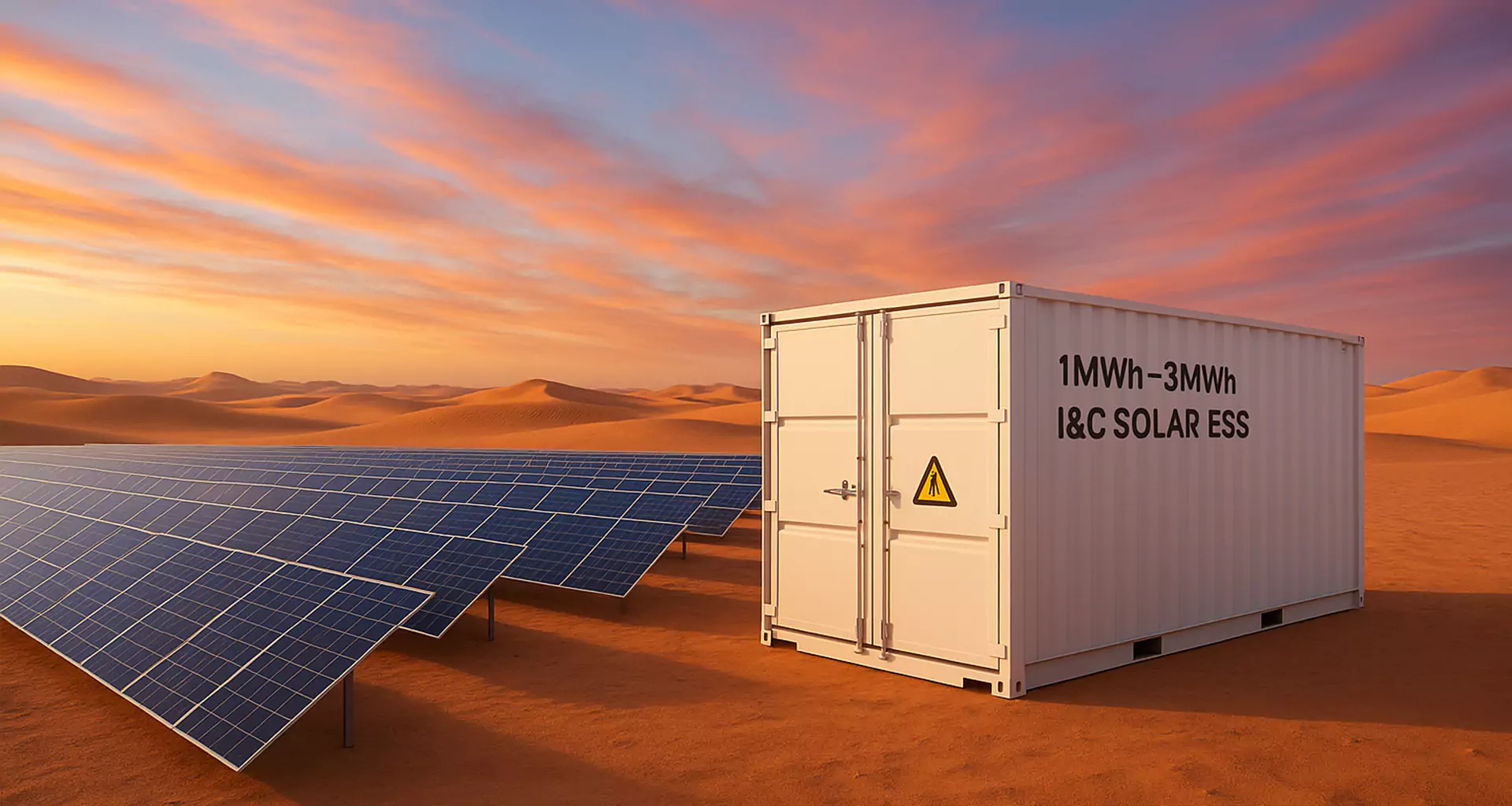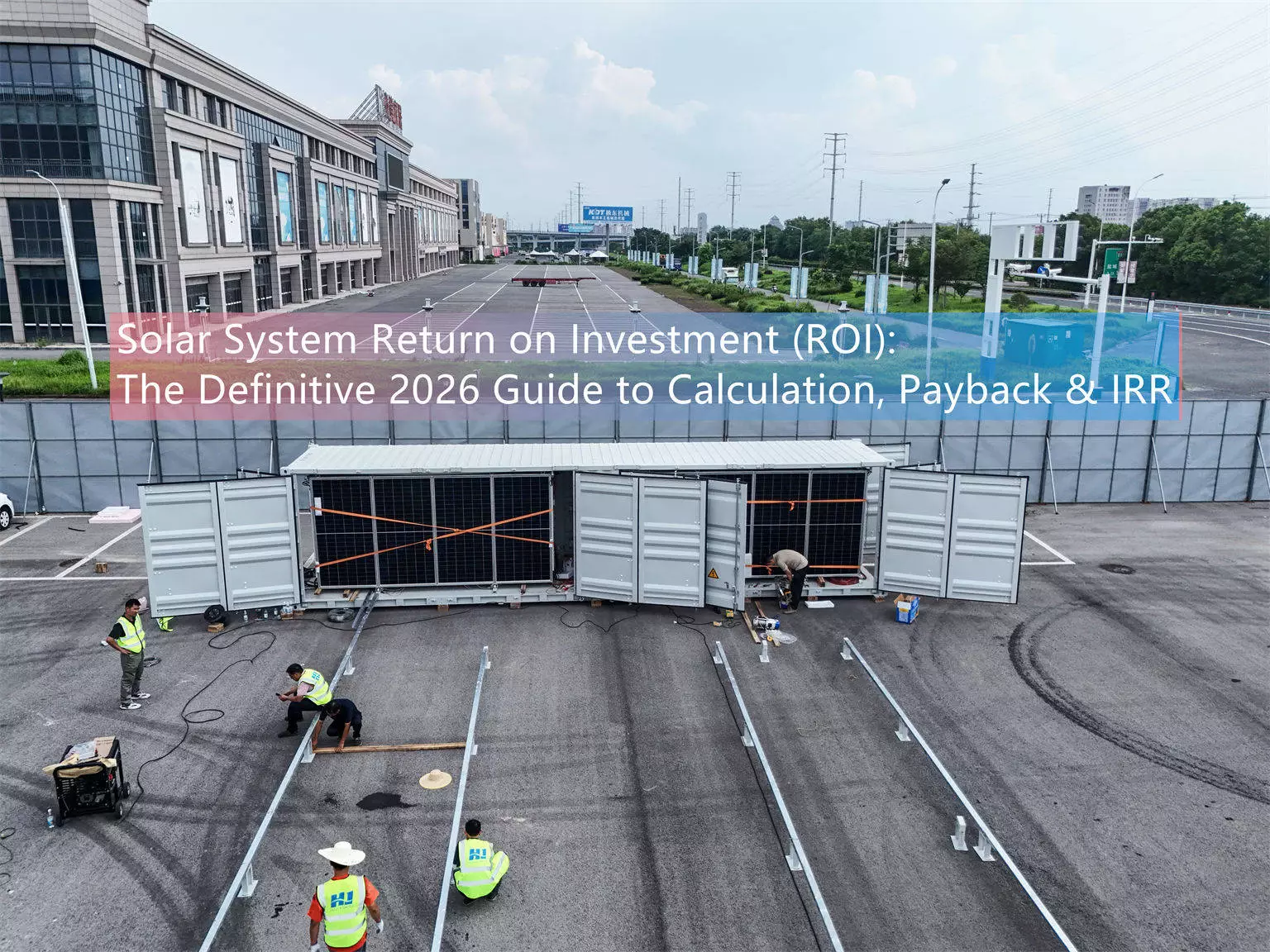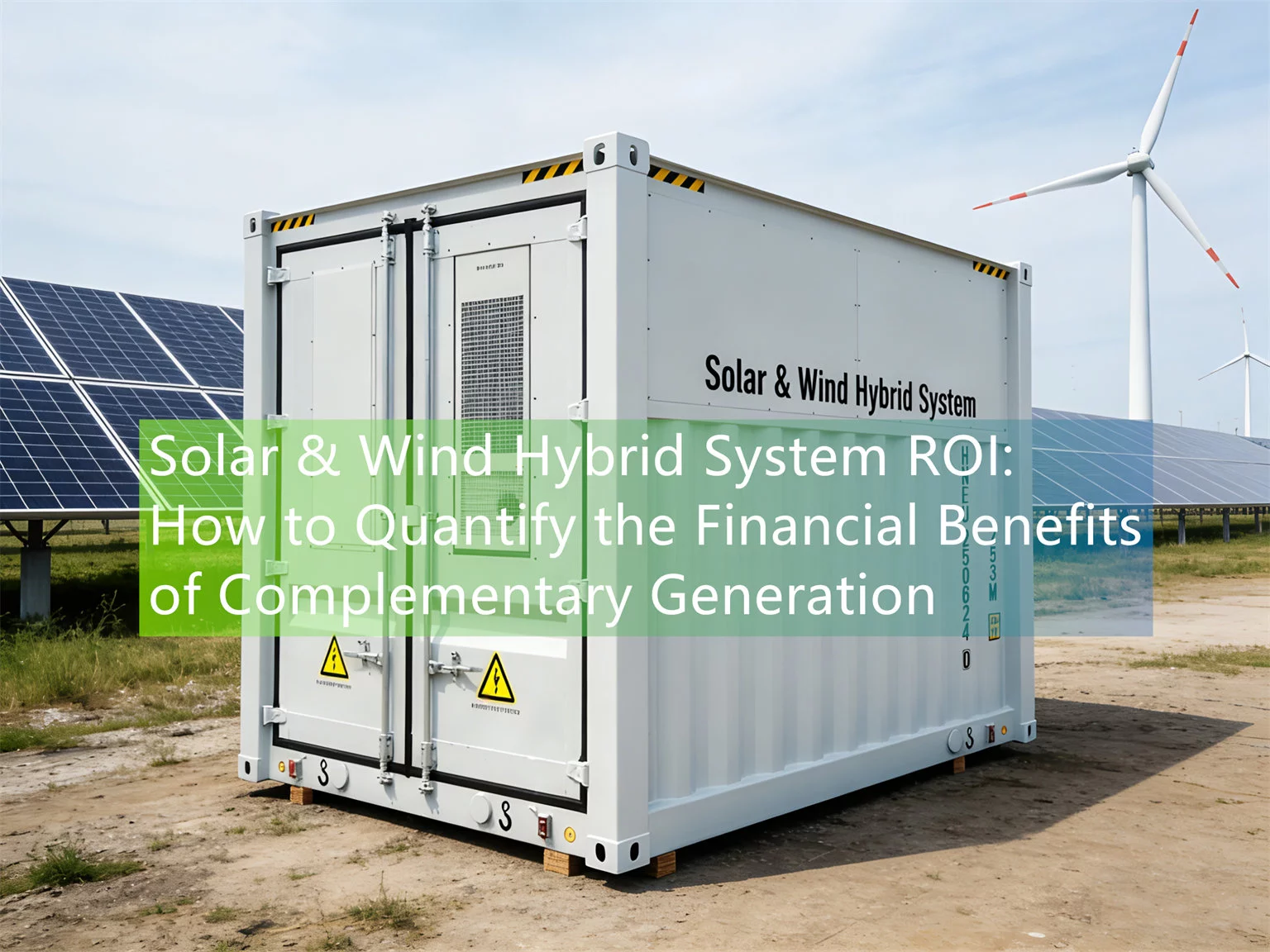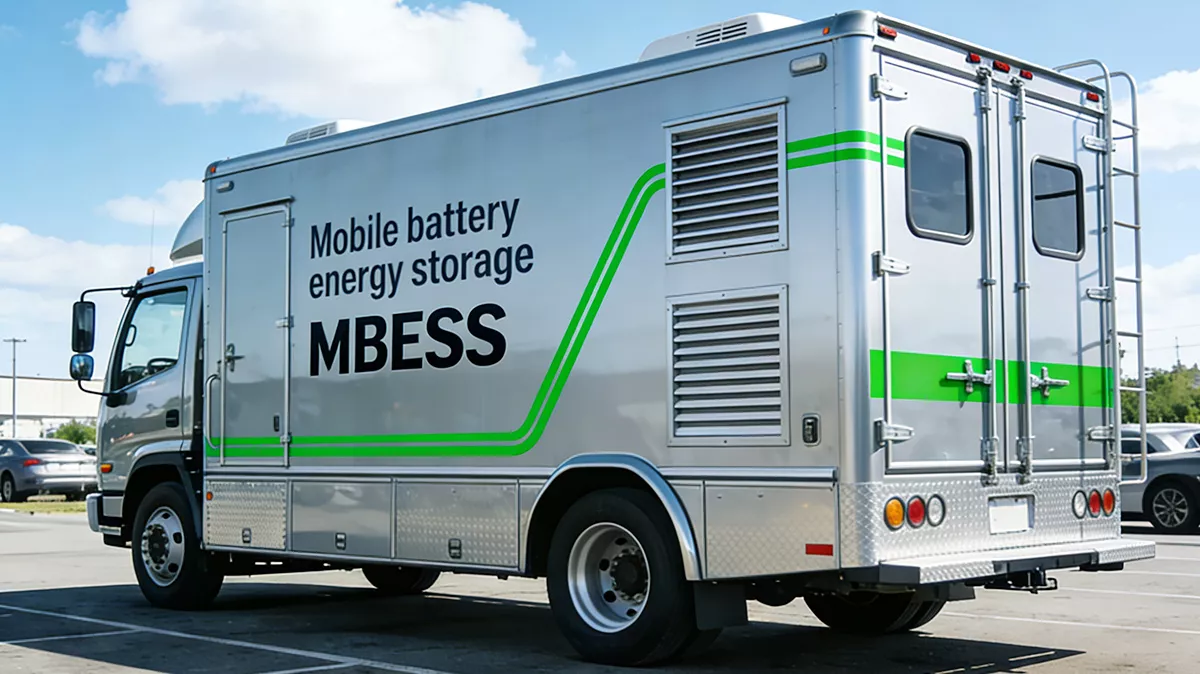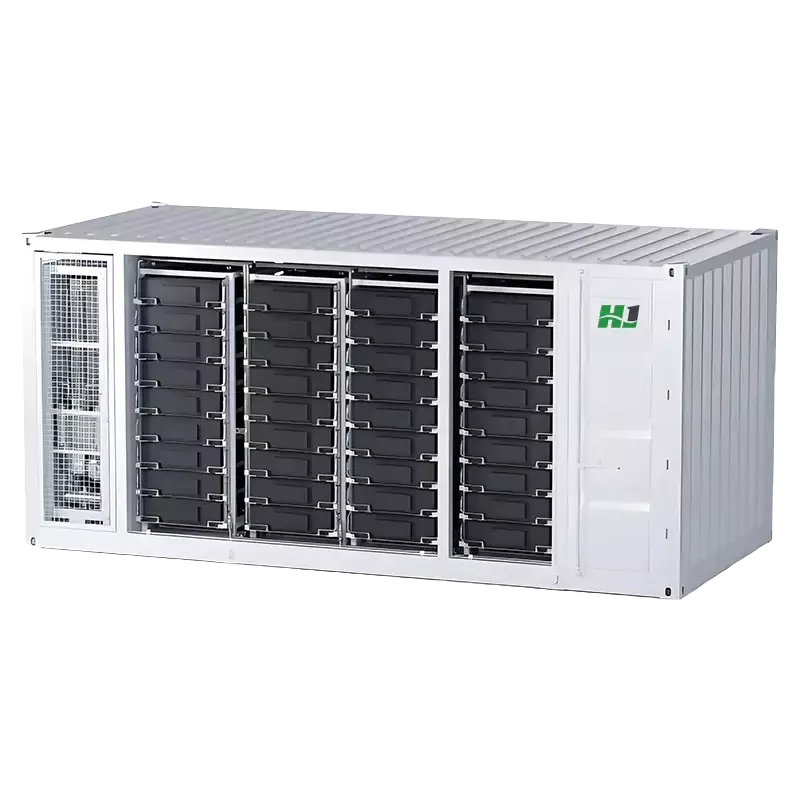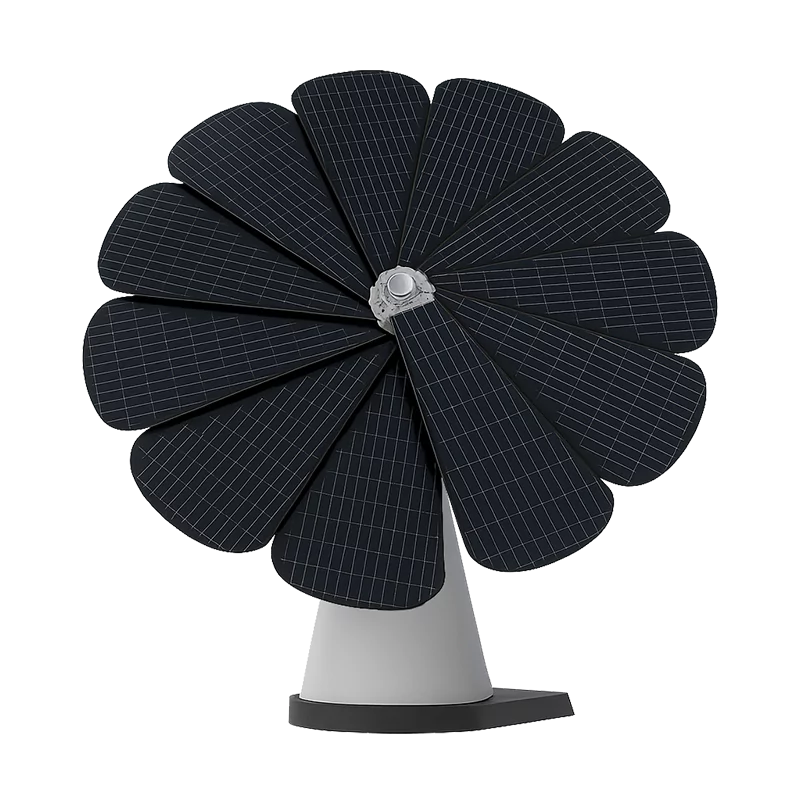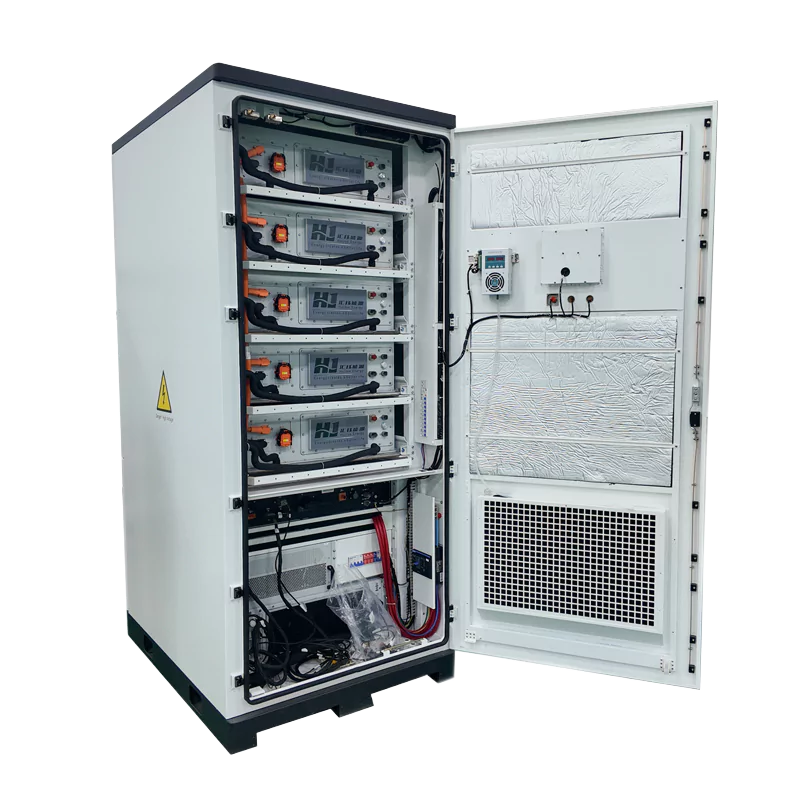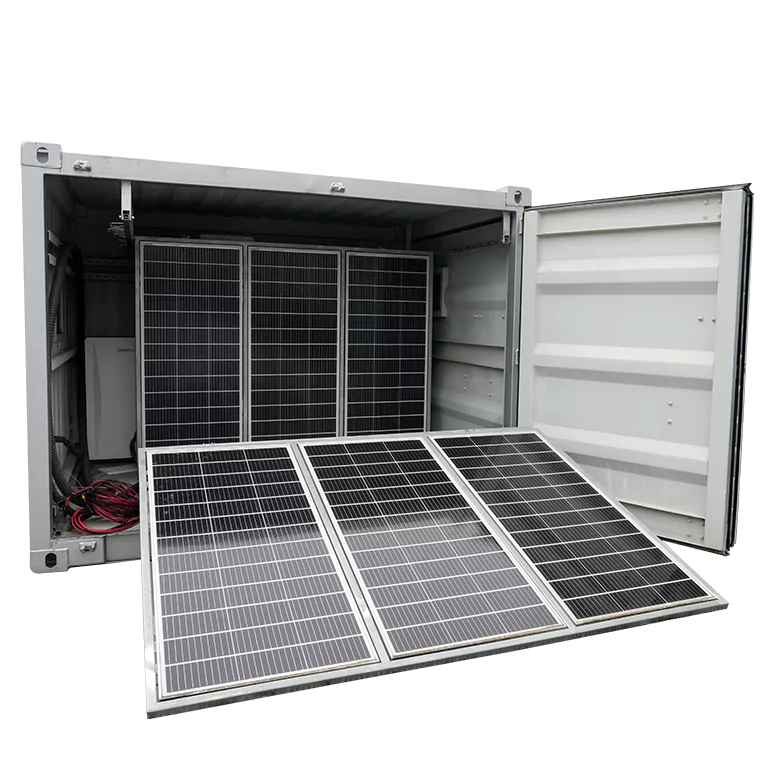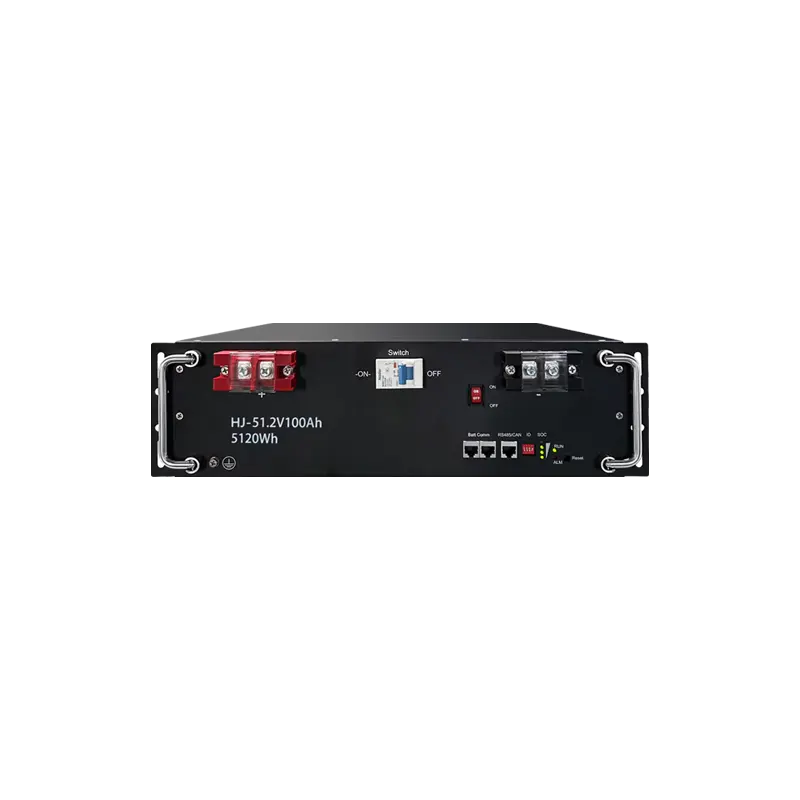4 Key Benefits of Containerized Energy Storage for Solar
As the world transitions toward sustainable energy, containerized energy storage systems (CESS) are becoming a crucial component of this transformation. These systems are gaining popularity for storing solar energy due to their efficiency, flexibility, and scalability. This article will delve into the advantages, technical features, application scenarios, and future developments of containerized energy storage systems. Combining technical analysis with real-world examples, it will demonstrate the growing popularity of this solution in the energy storage sector.
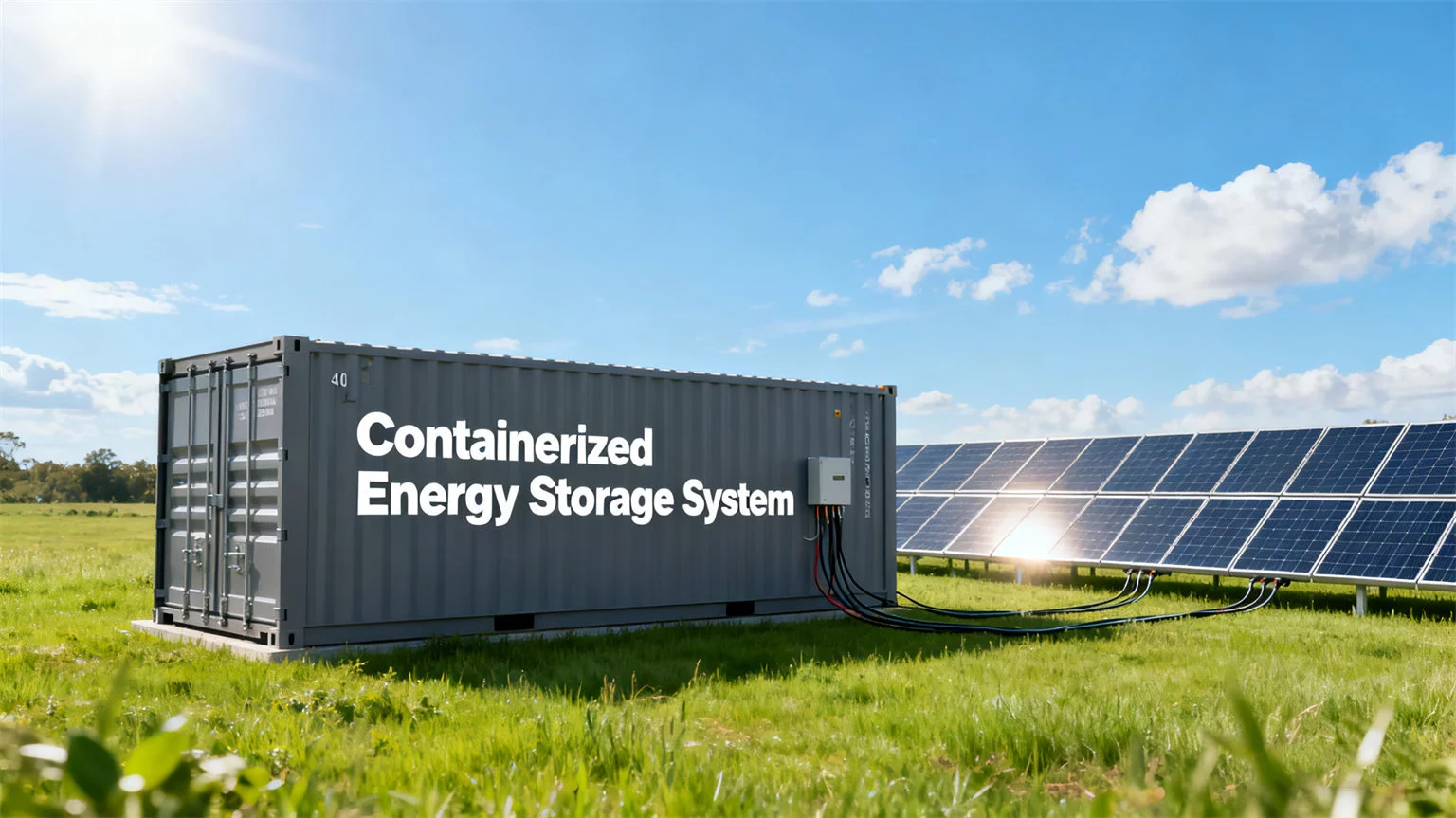
What is a containerized energy storage system?
A containerized energy storage system (CESS) is, in simple terms, a portable energy storage solution typically housed within a standard shipping container. Within this container, powerful energy storage batteries, such as lithium-ion batteries, are integrated with an energy management system (EMS) to ensure efficient and safe energy storage, management, and distribution. The system’s modular design allows for scalability to meet diverse energy needs, making it highly adaptable.
How does it work?
The basic principle of these systems is to store excess electricity from renewable energy sources, such as solar or wind power, for use during periods of high demand or low production. By balancing energy supply and demand, they provide a more stable and reliable source of electricity.
Main Components:
- Energy Storage Batteries: These batteries are the heart of the system, storing energy until it’s needed. Most systems use LiFePO4 (lithium iron phosphate) batteries due to their safety, efficiency, and long lifecycle.
- Energy Management System (EMS): Think of the EMS as the brains of the system, regulating the flow of energy and ensuring optimal charging and discharging times.
- Power Conversion System (PCS): This converts stored direct current (DC) into alternating current (AC), allowing it to be fed into the grid or supplied to local users.
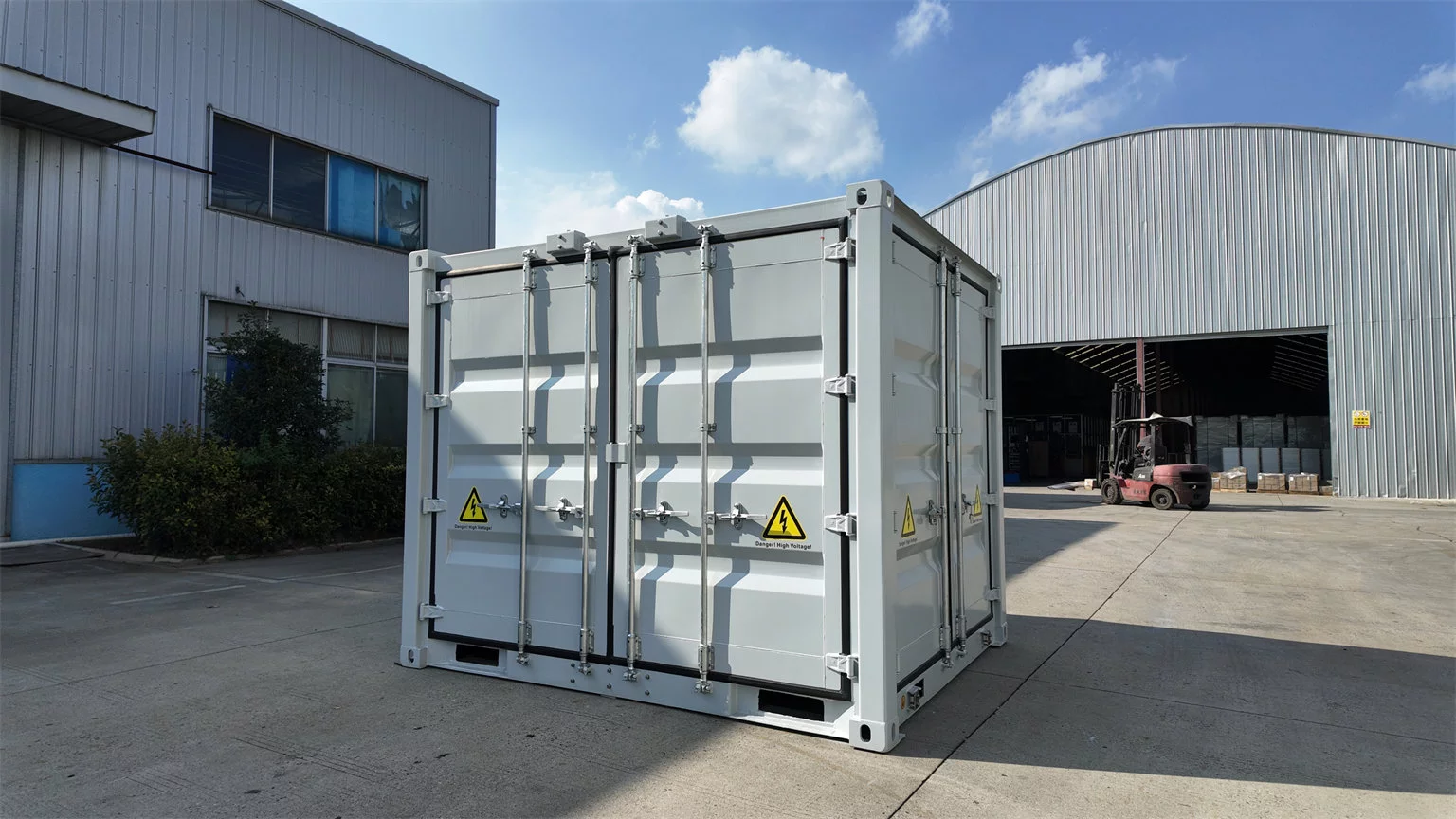
Why are containerized energy storage systems so popular?
The growing popularity of containerized energy storage systems is attributed to several factors. Let’s examine them one by one:
1. Cost-Effectiveness
For businesses and utilities, the cost-effectiveness of containerized energy storage systems is one of their biggest attractions.
- Modularity and Scalability: Unlike traditional large-scale energy storage facilities, containerized energy storage systems can be expanded as energy demand fluctuates. Whether it’s for a small community or a large solar farm, these systems can be customized to meet specific needs.
- Lower deployment costs: Containerized systems come pre-assembled, reducing complex construction processes and saving significant time and money.
2. Flexibility and Fast Installation
Another major advantage of containerized energy storage systems is their rapid installation. While traditional energy storage systems may take months to build, containerized systems can be deployed in just weeks.
- Adaptable to diverse sites: Whether in cities, industrial parks, or remote areas, containerized energy storage systems can be easily integrated into existing infrastructure.
3. Durability and Efficiency
These systems are not only quick to install but also durable. For example, lifecycle measures the number of times a system can be discharged and recharged; a longer lifecycle means a higher long-term return on investment.

Below is a comparison of the technical specifications of containerized energy storage systems with industry standards:
| Features | Industry Standard Range | Highjoule Product Example (Schematic) | Why This Matters |
|---|---|---|---|
| Energy Capacity | 1 MWh – 5 MWh per container | 2.5 MWh – 3.4 MWh | Determines how much energy the system can store. |
| Power Capacity (PCS Rated Power) | 0.5 MW – 1.5 MW per container | 1 MW – 1.5 MW | Determines the system’s ability to quickly release electrical energy. |
| Battery Chemistry | Primarily LFP (Lithium Iron Phosphate) | LFP (Lithium Iron Phosphate) | This battery is known for its safety, long life, and high cycle count. |
| Cycle Life | 6,000 – 10,000 cycles @ 80% DoD | > 8,000 cycles @ 80% DoD | Longer cycle life means better return on investment. |
| Container Size | Standard 20-foot or 40-foot ISO container | 40-foot high-cube container | Easier to transport and install, reducing footprint. |
| Round-trip Efficiency | 88% – 95% | > 92% | Higher efficiency means less energy loss. |
As you can see, Highjoule’s system surpasses the industry average in several key metrics, offering greater storage capacity and improved efficiency.
4. Environmental Impact
Containerized energy storage systems play a vital role in reducing greenhouse gas emissions. By storing electricity from renewable energy sources, these systems help reduce dependence on fossil fuels and pave the way for a clean energy future.
Real Applications of Containerized Energy Storage Systems
To better understand these systems, let’s look at a few real-world examples.
- Solar Energy Storage
- California Solar Project
- Client: GreenSolar Renewable Energy
- Location: California, USA
- Details: This project combines a 50 MW solar farm with a containerized energy storage system, ensuring a reliable power supply for over 30,000 homes. The system stores excess solar power during the day and releases it during peak demand periods.
- Grid Stabilization
- German Power Grid Project
- Client: Energex Grid Solutions
- Location: Germany
- Details: A 20 MW containerized energy storage system helps stabilize the power grid, particularly during fluctuations in solar and wind power production. This system supports Germany’s goal of achieving 100% renewable energy and ensures the continuous and stable operation of the power grid.
- Off-grid Power Supply
- Remote Area Project in Africa
- Client: Global Energy Solutions
- Location: Northern Africa
- Details: A containerized solar energy storage solution provides reliable power to remote areas. The system stores energy during the day, ensuring continuous power supply at night.
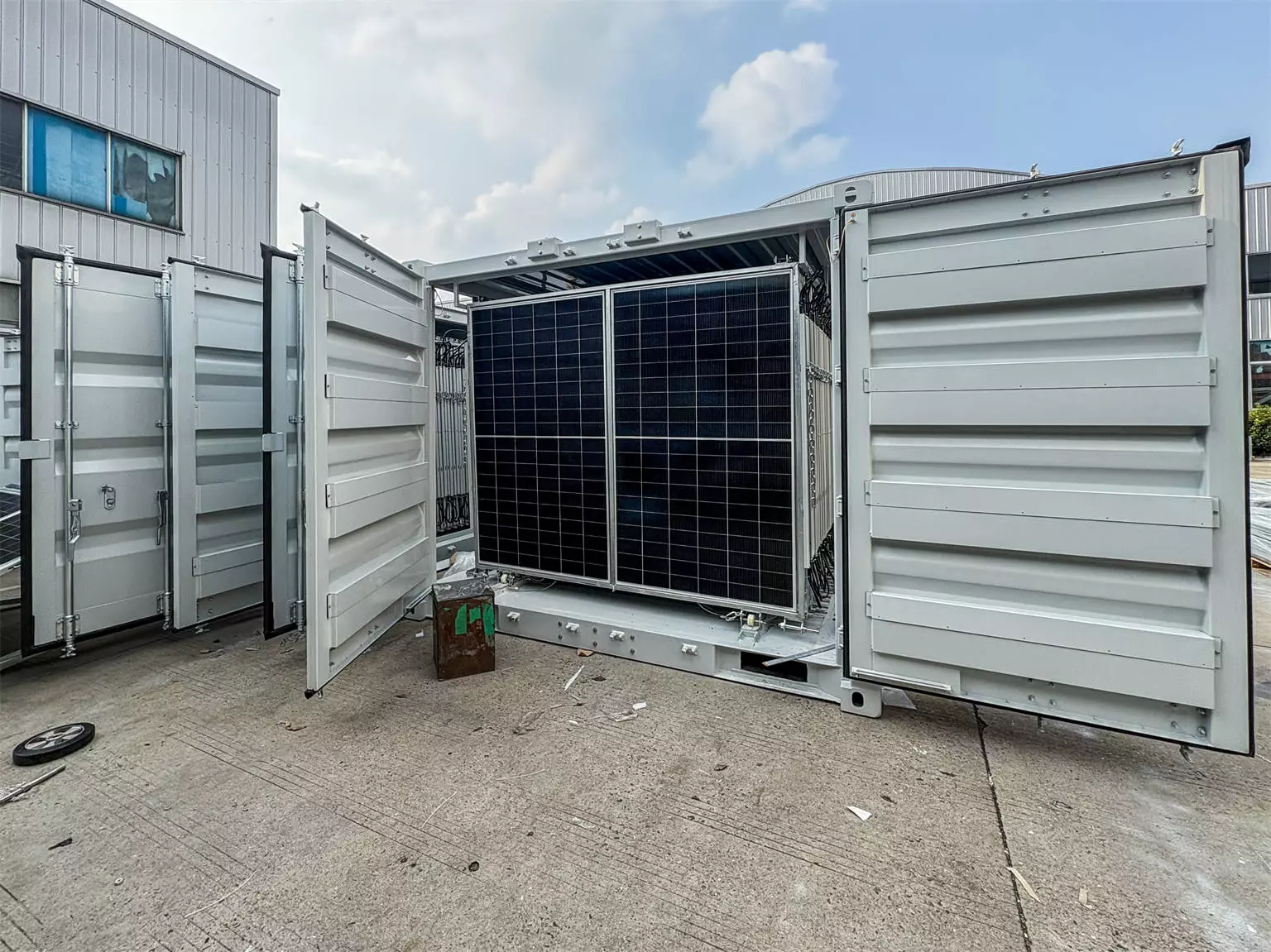
Market Trends and the Future of Energy Storage
With increasing global investment in renewable energy, the market for containerized energy storage systems is growing rapidly. It is expected to reach $50 billion by 2030, with containerized energy storage systems playing a significant role.
Key Trends:
- Increasing Solar Deployment: With the increase in solar power generation, the demand for efficient energy storage systems will also grow.
- Advances in Battery Technology: Continuous innovation in battery technology will improve energy storage efficiency and reduce costs.
- Government Support: Subsidies and incentives from governments around the world for renewable energy will continue to drive the adoption of energy storage solutions.
Why Highjoule?
In the containerized energy storage system market, Highjoule stands out for its flexibility, reliability, and superior performance. Whether used for solar energy storage, grid stabilization, or off-grid power generation, our solutions ensure long-term success.
Key Features:
- Modular Design: Flexible expansion based on energy needs.
- High Efficiency: Advanced EMS and battery systems optimize performance.
- Durability: Systems are built to last with low maintenance requirements.
To learn more about our products, visit the Highjoule product page.
After-Sales Support
At Highjoule, we provide not only our products but also our support. Our 24/7 technical support, comprehensive warranty, and global service team ensure your system remains operational and efficient.
Conclusion: The Future of Energy Storage
Containerized energy storage systems are changing the way we store and manage renewable energy. With their cost-effectiveness, scalability, and ability to ensure energy stability, these systems play a vital role in driving a clean, sustainable energy future.
FAQ
- How do containerized energy storage systems work?
This system stores excess electricity from renewable energy sources, such as solar energy, and releases it when needed. It uses batteries to store energy, while the EMS manages the flow of energy.
- What are the main advantages of containerized energy storage systems?
Main advantages include low cost, quick installation, flexible scalability, and high efficiency.
- What type of battery is used in containerized energy storage systems?
Most containerized systems use LiFePO4 (lithium iron phosphate) batteries, which are popular for their safety and long life.
- Can containerized energy storage systems be customized?
Yes, these systems have a modular design that allows them to be expanded and customized to meet specific project needs.
- What is the service life of these systems?
Typically, containerized energy storage systems have a service life of 10-15 years, assuming regular maintenance.
Find Your Solar + Battery Storage Specialist Now!
* Fill out this form and our experts will help you find the perfect solar storage solution for your home or business.


